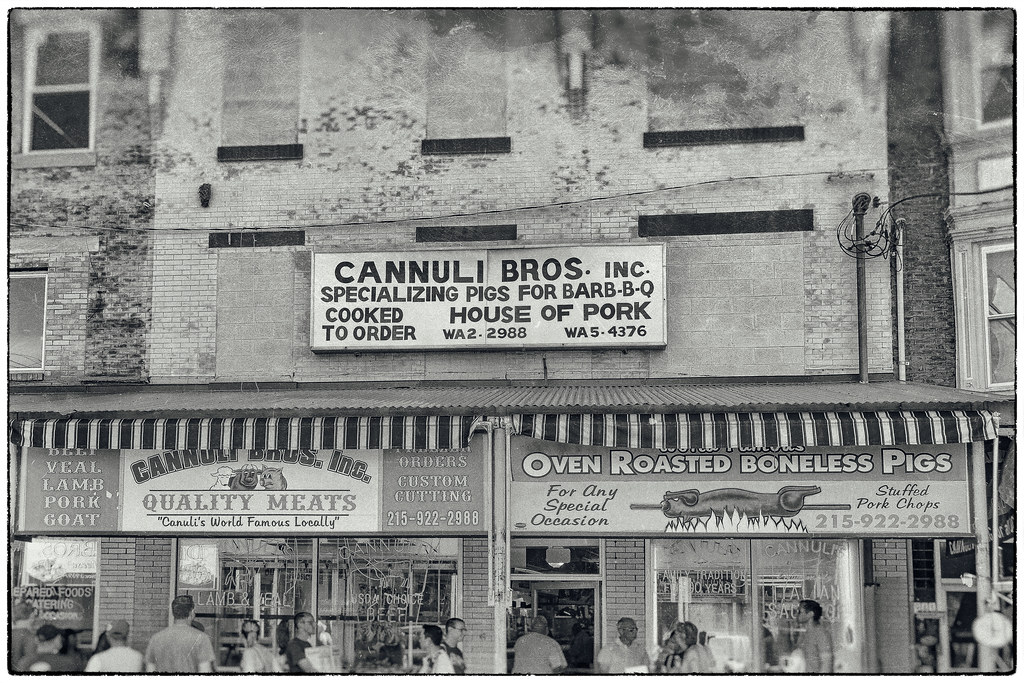“Italy is not one homogenous country”
Homogeneity is a term used to describe the lack of cultural diversity within a given nation. It serves as a generalization, driven by cultural sameness and diffusion. The external perception of national culture is almost always a generalization, applying as well to the multiple facets of their people, religion, and connections.
The perception and notion of “Italian Food” in America is reductionist. Referencing and identifying a complex interlacing of foods under one branch results in generalization and erasure. While “erasure” is a dramatic term, it serves a purpose of representing how our unconscious ignorance causes us to overlook such diversity of people and, in this specific case, food.
A History of Division
Chef Zach Lorber, Culinary Instructor at State High, was classically trained at the Institute of Culinary Education and learned Italian technique and history in his instruction. His experience cooking and teaching Italian cuisine is that of separation: cooking foods by region, and not by nation.
“Italy is not one homogenous country,” Chef Lorber said. “It is nineteen or twenty different city-states that were forced together so there is a lot of regional pride and regional differences that fit on what they were farming, what they were growing, what they were fishing and hunting.”
As Lorber referenced, in Italy, there exists 20 different administrative regions, each with its own history, culture, and dialects. Millennia ago, Italy was a collection of city-states. These city-states were “united” under empires and religion, but still remained as parts of a whole. Italian history is plagued by divide and its unification as it’s seen today did not occur until the 1860s. As it stands, Italy is a republic and has a centralized government only in the name of individual representation.

These regional differences heavily impact cuisine. In Campania, an administrative region located in southwestern Italy, the soil is characteristically volcanic due to its harboring of Mount Vesuvius, allowing for agriculture focused on figs, eggplant, or peppers. The region has heavy Mediterranean influences, specifically Greek. This differs from other administrative regions, such as Lombardy. The northern Italian region has heavy influence from its northern bordering nations of Switzerland and Germany. Their agriculture focuses more on rice or polenta. No region has the same cuisine.
Entering the Melting Pot
As mentioned before, despite these large cultural and cuisine differences, the American perception is a reduction. American “Italian food” exists as a blended cuisine of mainland Italian food. In a poll of 53 State High students, the number one food perceived as Italian food was “Pasta” with 50 votes, followed closely by “Lasagna” and “Risotto” at 49 each, then “Pizza” and “Alfredo Sauce” with 42 votes. These foods are closely considered with Italian cuisine because of how American “Italian food” was created.
The term “Americanization” refers to the American influence on external cultures and people. It is often used in the context of immigration. State High Social Studies teacher Brian Smith explained his understanding and interpretation of Americanization.
“Americanization is this idea of America as this so-called ‘Melting Pot’,” Smith said. “Throughout history, we have had to go through this phase in which groups of people (immigrants) will come into [America], they will be treated terribly (xenophobia and nativism), and, over time, they will be incorporated into who gets to be called ‘American’.”

During the early 20th century, due to internal conflicts within the country, Italy saw waves of emigration to America. By 1920, nearly four million Italians immigrated to the US. This subculture of Italian immigrants created metropoles in the US, notably in New York City. As a result of continued persecution during the early 20th century, Italian immigrants were forced to change their culture to fit the “American ideal”.
This change of culture is what sparked the creation of an American “Italian food”. The “Melting Pot” is a term used to describe a heterogeneous culture which is a diverse amalgamation of people and ideas. The American “Italian food” is the way it is because of this “Melting Pot”, as it is a derivative of Italian food and the other cultures represented in America. As many cuisines do, it exists as a gateway and conversation between American and Italian cultures.
Standards for Authenticity
Authenticity is an important aspect of Americanization, as to whether or not an Americanized concept is “authentic” to the original idea. Authenticity relates to truth and faithfulness. However, the connotation of “unauthentic” is very negative.
State High Science Teacher Rosella Coroneis from Italy and has experienced the differences between American and Italian foods and cultures.
“They are adapting Italian food into their culture,” Carone said. “I don’t think this is good or bad. There is ‘Italian’ food and there is ‘Italian American’ food. They are two different things. At the beginning [of my time in the US], my opinion was that it may be because when they came here, they couldn’t find the ingredients. But it is a more cultural thing.”
While “Italian” food and “Italian American” foods are different, as mentioned before, it doesn’t come from a place of “conscious ignorance”. The average American isn’t actively trying to shape Italian food into a specific, Americanized way. They are just trying to experience it in the easiest way possible.
Italian food is not the only Americanized cuisine. All cuisines change to the culture of the country they inhabit. The most glaring example of this is fast food, which functions as “conscious” actions made to Americanize cuisine, often for monetary gain. Companies, like Panda Express, Chipotle, and Olive Garden, take a cuisine and intentionally Americanize and consumerize it.
Viewing a cuisine, by both its original and American versions, allows us to represent a culture in its fullest, as well as experience it in a way that is the most accessible and/or authentic to us.
Food is a conversation—how you choose to experience or view it is up to you.








